Get PeakVisor App
Sign In
Search by GPS coordinates
- Latitude
- ° ' ''
- Longitude
- ° ' ''
- Units of Length

Yes
Cancel
Share ×

Scan the QR code and open PeakVisor on your phone
❤ Wishlist ×
Choose
Delete
The West Coast National Park is a pristine natural reserve in South Africa comprising wetlands, coastal dunes, salt marshes, and fynbos. There are 7 named mountains in West Coast National Park. Betjieskop is the highest point, measuring 224 meters (735 ft). The most prominent mountain is Vlaeberg at 193 meters (633 ft).
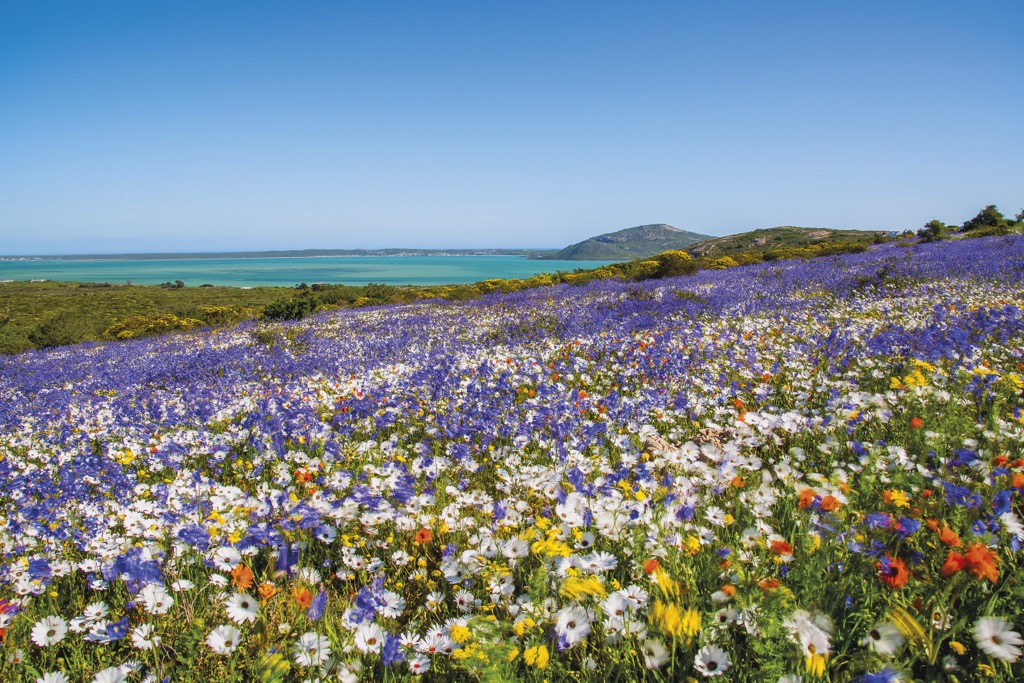
The West Coast National Park lies 100 km (60 mi) north of Cape Town in the Western Cape province of South Africa. The Atlantic Ocean borders the park on the west, with the R27 coastal road to the east. Its expanse extends from Yzerfontein in the south to the Langebaan Lagoon, a prominent feature within the park.
Covering an area of approximately 36,260 ha (140,000 square miles), the West Coast National Park encompasses coastal sand dunes, the 17 km (10.5 mi) Langebaan Lagoon, and several islands in Saldanha Bay. Notably, the Langebaan Lagoon holds Ramsar site status for its ecological importance as a wetland habitat for numerous bird species.
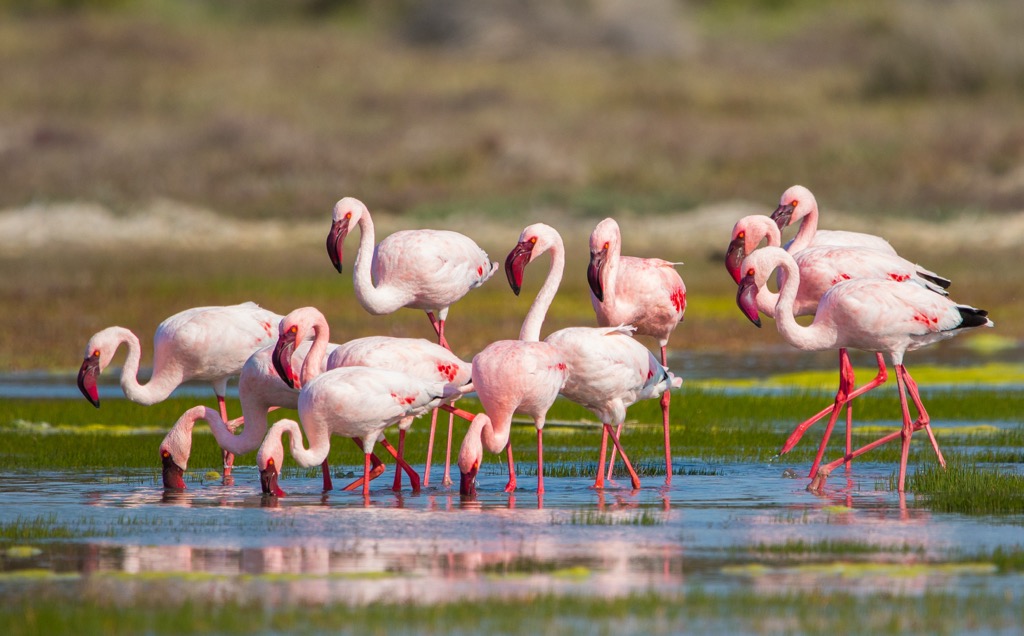
Classified as a rare Mediterranean climate, the park experiences mild, wet winters and warm, dry summers. Most rainfall occurs between May and September, with winters being the wettest months. Summers tend to be hot and dry, often surpassing 30°C (86°F). The nearby Atlantic Ocean mitigates temperature extremes compared to inland areas, fostering relatively temperate conditions year-round.
Visitors can explore the park's rich biodiversity, which is highlighted by its avian population and vibrant spring floral displays, typically from August to September. The Postberg flower reserve section of the park is especially famous for its colorful floral displays during spring.

The West Coast National Park is part of the Cape West Coast Biosphere Reserve, recognized by UNESCO as part of the Man and the Biosphere Programme. BirdLife International has identified the park and the islands in Saldanha Bay as an Important Bird Area.
The terrain of the West Coast National Park is primarily flat or slightly undulating, with sand dunes lining the coastline. The park’s hardy vegetation includes fynbos, which thrives in the Mediterranean climate.
Near the Geelbek section of the park lies a collection of ancient fossils dating back approximately 5 million years. The nearby West Coast Fossil Park at Langebaanweg also houses exceptionally well-preserved fossils from a similar period.
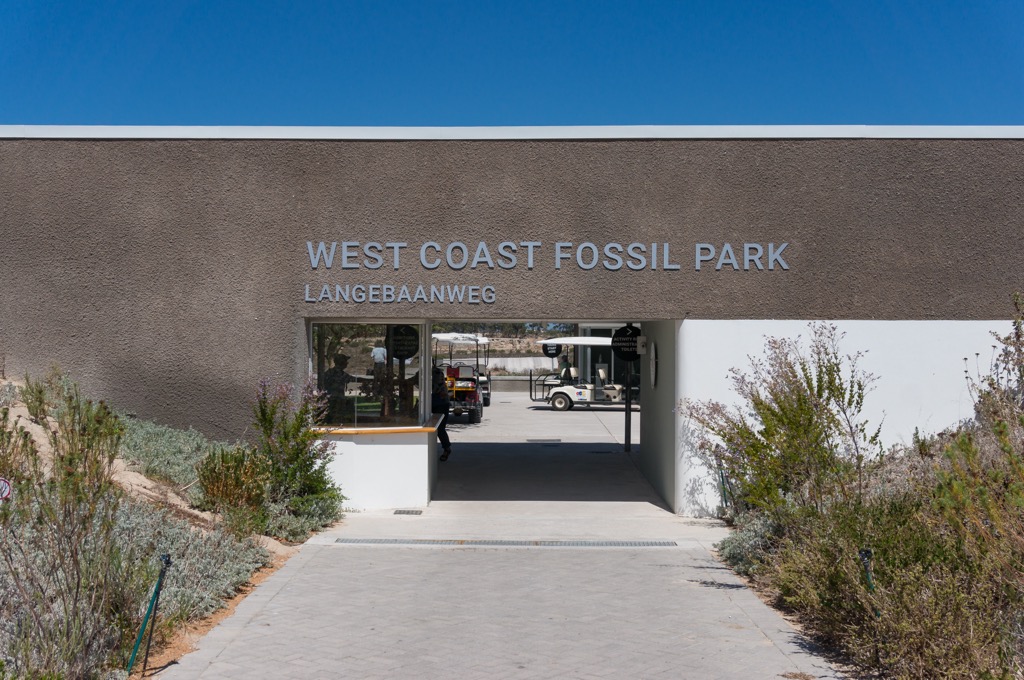
Strandveld vegetation covers approximately 24,025 ha (59,367 ac) of the West Coast National Park's landscape. It occurs on the Langebaan peninsula and east of the Langebaan lagoon, thriving on the deep calcareous sands of the Langebaan formation. Notably, 21 plant species found in the park are listed in the Red Data Book, indicating their conservation significance.
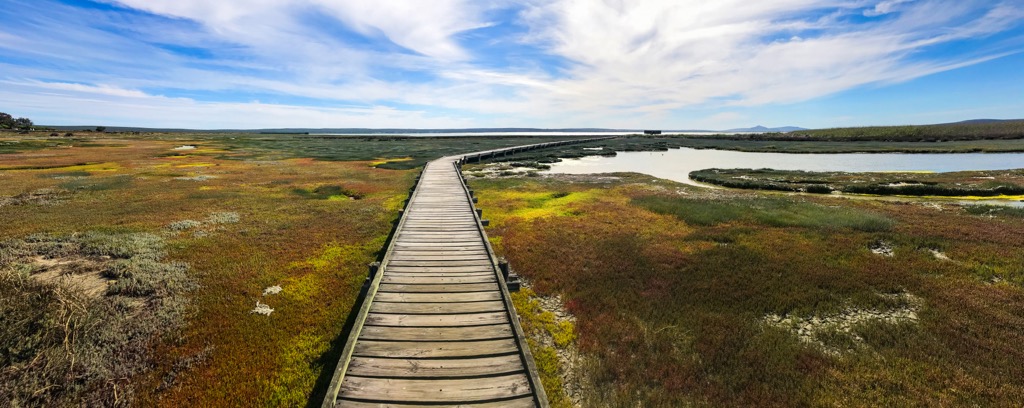
The park expanded to include an additional vegetation type known as Hopefield Sand Plain Fynbos. This endemic habitat covers approximately 6,382 ha (15,770 ac) and grows inland of the strandveld. Along the fringes of the Langebaan Lagoon, extensive marshes dominate the landscape, home to various plant species such as Sarcocornia, Salicornia, and Spartina.
In addition, the West Coast National Park is renowned for its abundant birdlife. From August to September, the park bursts into color as spring flowers bloom, attracting a plethora of bird species. Many Palearctic migratory birds also spend their winters in the park, arriving from the northern hemisphere.
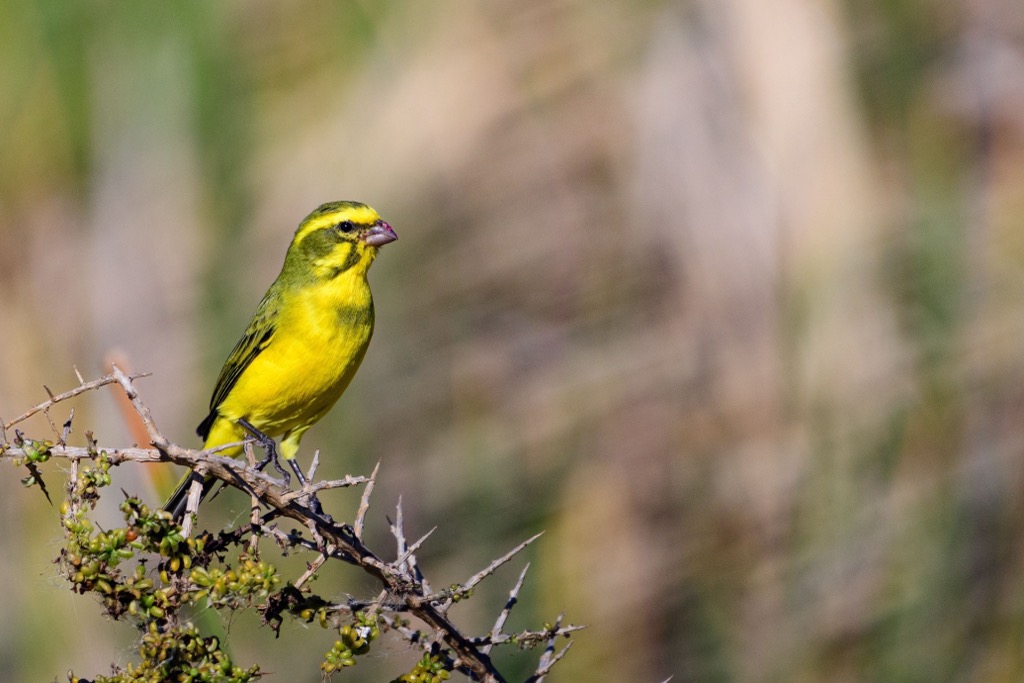
The park is home to a variety of wildlife, including large antelope such as eland, red hartebeest, gemsbok, steenbok, mountain zebra, and ostriches. Smaller animals like the bat-eared fox, caracal, and Cape gray mongoose also inhabit the park. The offshore islands are important breeding grounds for African penguins.
The West Coast National Park boasts a history spanning millions of years. Near Geelbek are calcrete areas rich in mammalian fossils dating back approximately 5 million years. These fossils include remains of saber-toothed cats, short-necked giraffes, and four-tusked elephants. Notably, the park also houses a set of fossilized human footprints, estimated to be over 115,000 years old, which were discovered within its boundaries and are now preserved in a museum.
Humans have inhabited the West Coast National Park for over 100,000 years. One significant location within the park is Oudepost 1 at Kraalbaai, believed to be where the first meeting between officials from the Dutch East India Company and the local Khoi people took place.
The Langebaan Lagoon, situated within the park, holds the prestigious status of a Ramsar site as a wetland of international importance. Concerns about the lagoon’s condition led to the park’s proclamation in 1985. Initially proclaimed Langebaan National Park in 1985, it changed its name in 1988 to West Coast National Park. Subsequently, in 2000, it was incorporated into the UNESCO Cape West Coast Biosphere Reserve.
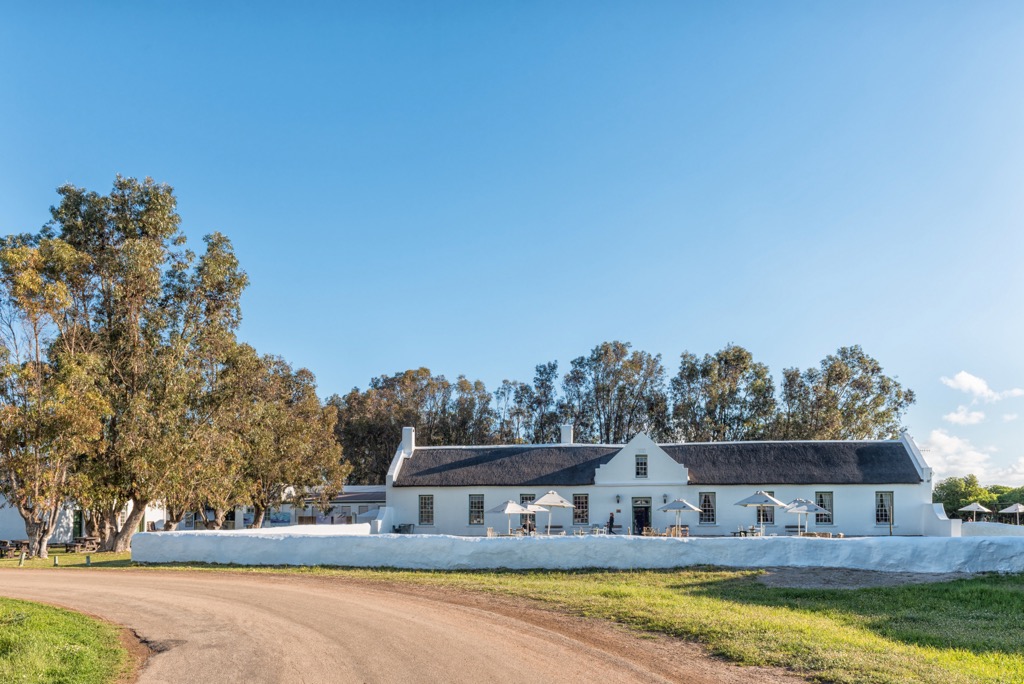
The Strandveld Two-Day Hiking Trail consists of two 14 km (9 mi) loops from the Geelbek Visitor Centre. Hikers explore the unique Strandveld vegetation, encountering fynbos, dunes, Sixteen Mile Beach, and viewpoints of Betjieskop, Vlaeberg, and the Langebaan Lagoon. The trail is moderate, with minimal elevation gain. During the spring months of September to November, the park comes alive with wildflowers. Hikers should watch for wildlife such as Eland, Gemsbok, various bird species, and tortoises.
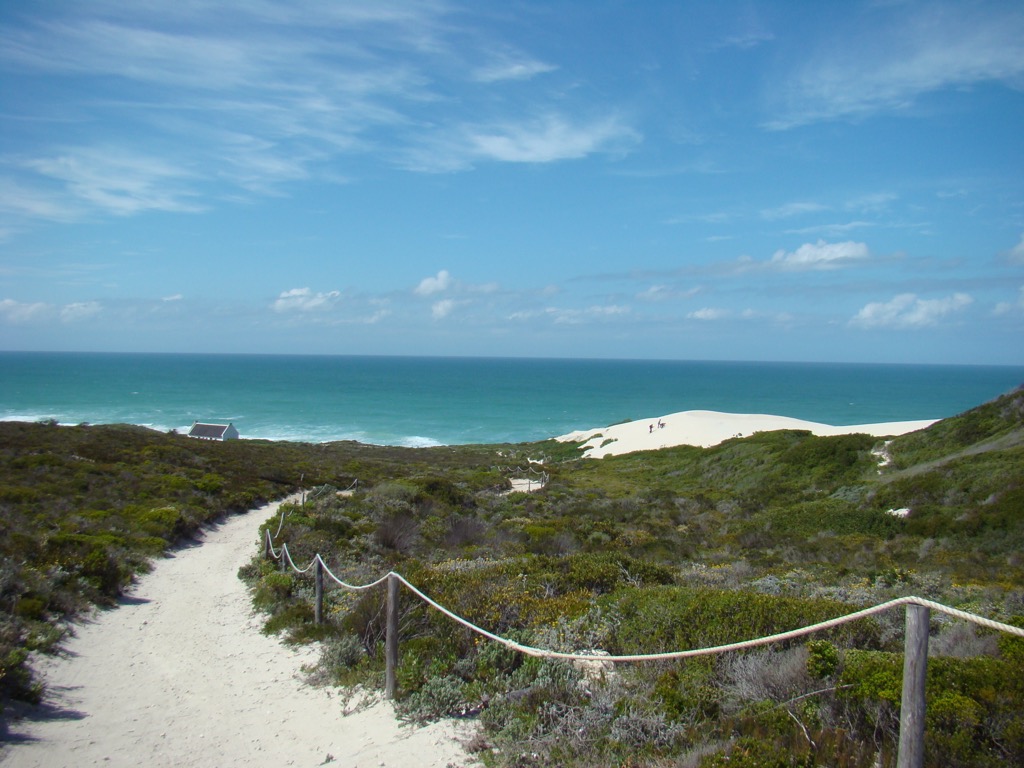
The Postberg Hiking Trail covers approximately 19 km (12 mi) in a loop, with an elevation gain of 332 meters (1,089 ft). The trail is accessible during the spring months of August and September each year. During this time, hikers are treated to a spectacular display of daisy flowers. The trail starts and finishes at Tsaarsbank, with an overnight stop at Plankiesbaai.
The first day’s hike covers 15.5 km (10 mi), heading toward Konstabelberg and winding along the slopes below Postberg and Lookout. Magnificent views of the Langebaan Lagoon on the north-eastern side of Postberg and the flower fields on the south-eastern side await hikers on this remarkable trail.
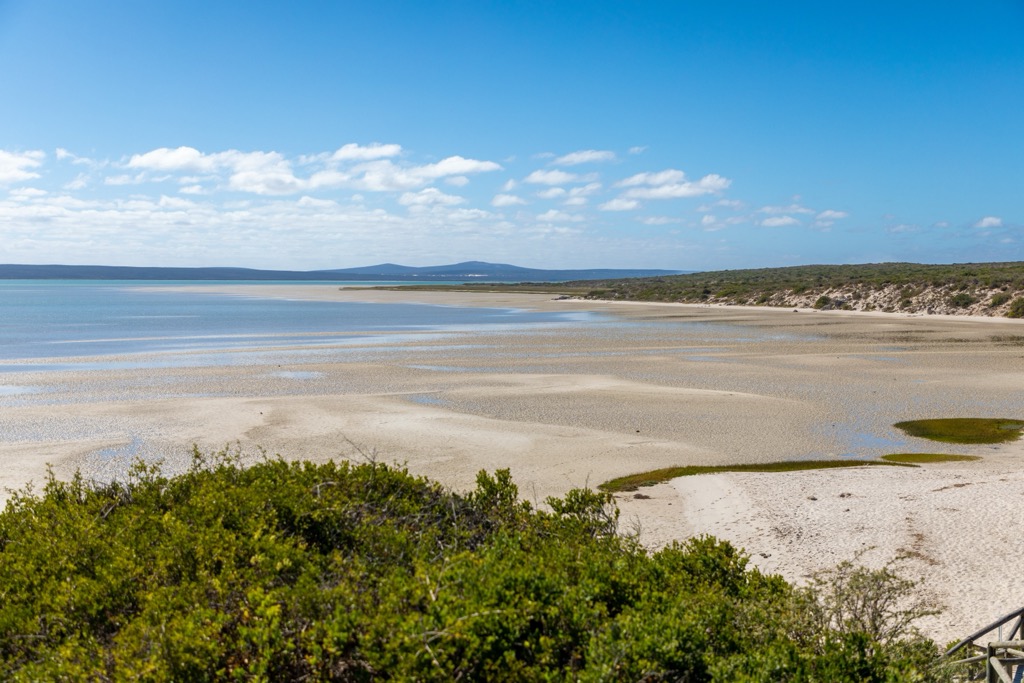
The Steenbok Flower Trail covers 14 km (9 mi) in a circular loop and is generally considered moderately challenging. The optimal time to explore this trail is August through September. Hikers will encounter diverse habitats, including low-lying flowerbeds and coastlines, as well as Vlaeberg, Postberg, and South Head Hill mountains. The trail offers stunning views of wildflowers, and hikers might spot wildlife such as bontebok, zebra, springbok, and eland amidst swathes of pink, orange, yellow, and white flowers.

There are two options for the Geelbek Day Walks: a 9 km (5.5 mi) circular walk starting from the Geelbek Information Center, which takes hikers to the dunes and back, and a 7 km (4 mi) circular walk that includes part of the Sixteen Mile Beach and offers a circular route through the coastal landscape. Both trails traverse along dunes, Strandveld, and fynbos.
Saldanha Bay is a port city located on the west coast of South Africa, about 100 km (60 mi) north of Cape Town. Saldanha Bay features beautiful beaches like Blue Bay, Shark Bay, and Langebaan Lagoon, perfect for swimming, sunbathing, and picnicking.
From June to November, the bay is a hotspot for whale watching, with frequent sightings of southern right whales, humpback whales, and Bryde's whales.
In addition, deep-sea fishing charters depart from Saldanha Bay, offering opportunities to catch snoek, yellowtail, and tuna.
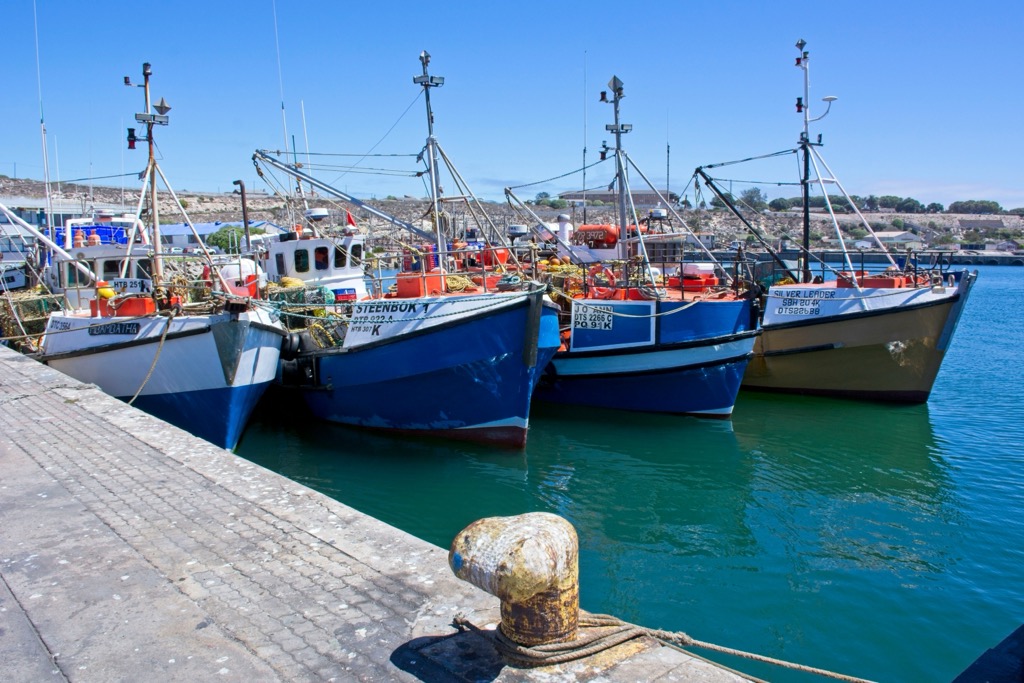
Cape Town, often called the Mother City, is one of the world's most iconic and beautiful cities, celebrated for its stunning natural landscapes, diverse culture, rich history, and vibrant atmosphere.
Table Mountain offers hiking trails for all skill levels, including the popular Platteklip Gorge Trail, which leads to panoramic city and coastline views. A cable car also travels from the city to the summit.
Kirstenbosch Botanical Gardens showcases indigenous plants and features the remarkable Boomslang Canopy Walkway, offering a unique perspective of the gardens and surroundings. Meanwhile, Cape Point Nature Reserve is home to diverse wildlife and dramatic landscapes.
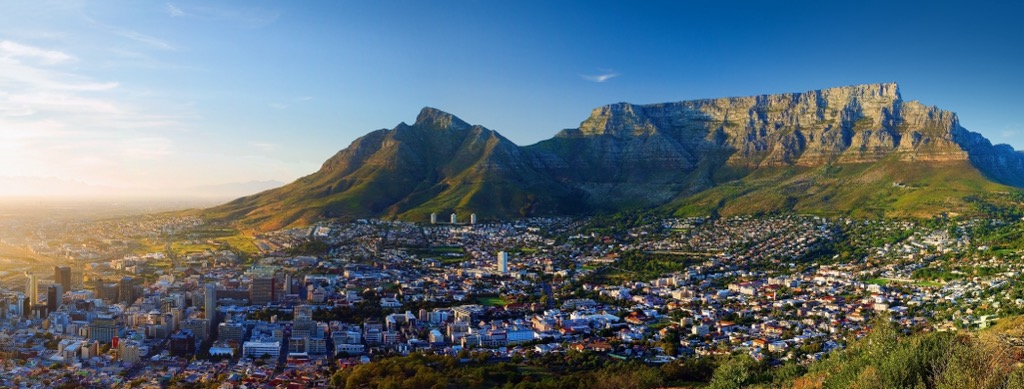
Explore West Coast National Park with the PeakVisor 3D Map and identify its summits.








